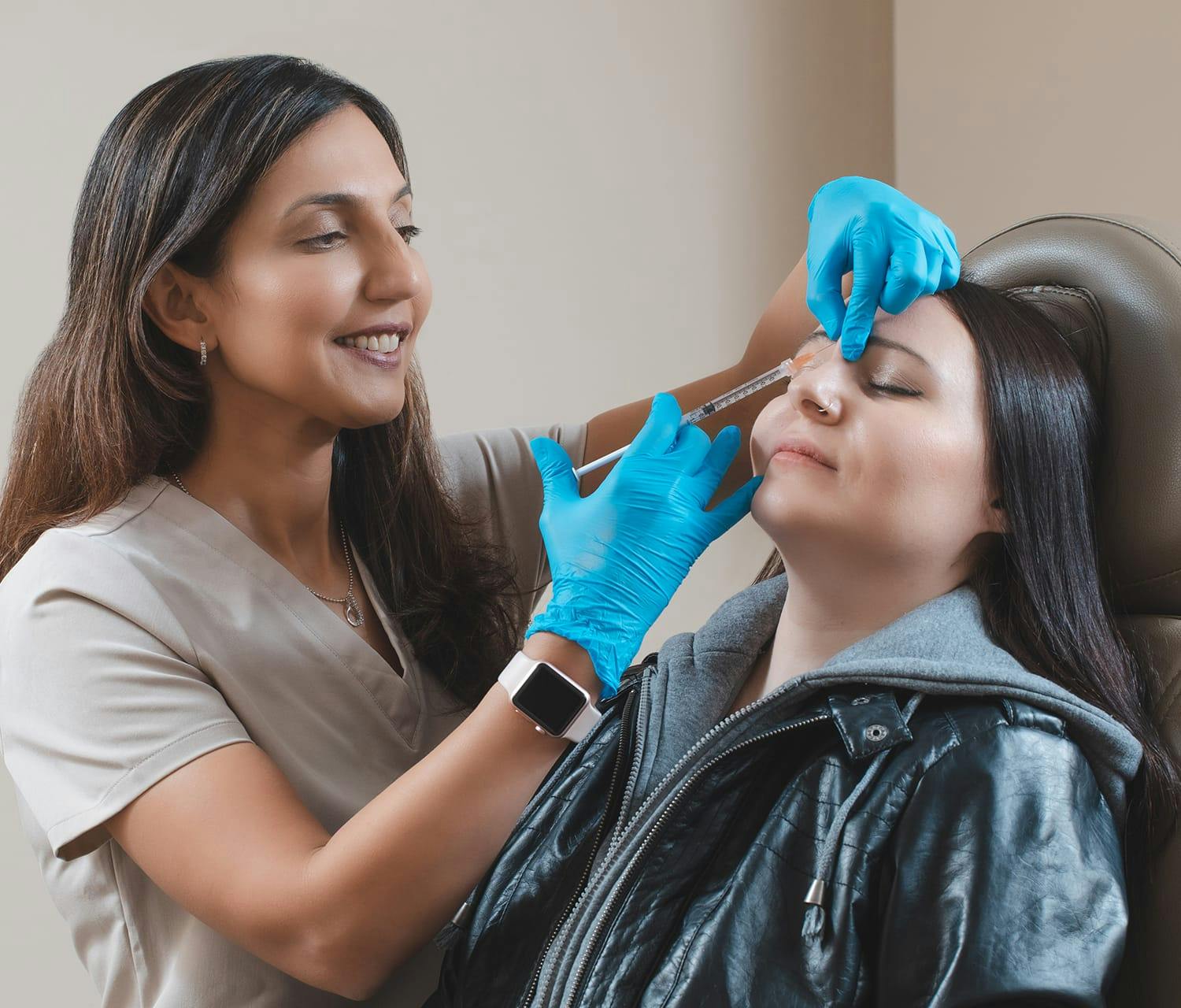Impetigo is a common bacterial skin infection that can produce blisters or sores anywhere on the body, most commonly around the nose and mouth, neck, hands, and diaper area. It’s contagious, preventable, and manageable with antibiotics.
When to Contact Certified Dermatology
The signs and symptoms that indicate impetigo are fairly easy to spot, and it’s recommended that you reach out to us as soon as you start to suspect that you may be dealing with this disease. As mentioned, anybody can contract impetigo, which is most commonly seen during periods of warm weather.
Look for these signs of impetigo:
- Itchy red sores that fill with fluid and then burst open, forming a yellow crust
- Itchy rash
- Fluid-filled blisters





